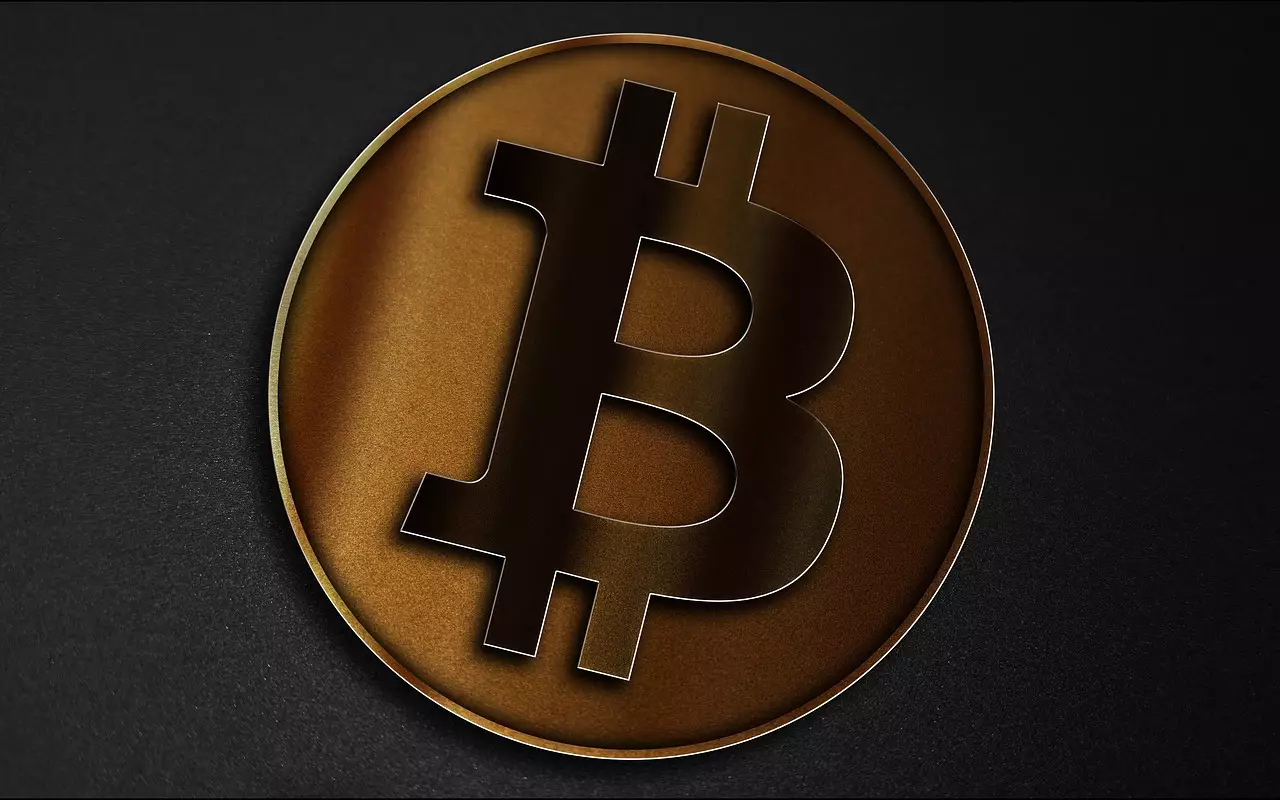In recent days, Bitcoin has staged a dramatic rally, fueled by institutional inflows and fervent market speculation. The cryptocurrency surged past the $109,000 mark, approaching an all-time high close to $111,000. Many analysts see this as a sign of enduring strength, with Fibonacci extension levels laying out tantalizing targets—most notably $166,754, according to some in the crypto community. However, behind this optimism lies a fragile foundation built on technical patterns that may not withstand the inevitable volatility of the market. The narrative of a looming 52% increase within three months sounds enticing, but the reality is more complex. The reliance on Fibonacci projections, although helpful in technical analysis, can be misleading when markets are driven more by hype and institutional speculation than fundamentals.
The predictable allure of Fibonacci ratios often leads traders to believe in a predefined, geometric progression toward astronomical heights. Just as previous Fibonacci levels on this cycle aligned with significant price points, the pattern suggests a mysterious, almost deterministic path upward. But markets are seldom so obedient. By highlighting these levels, analysts might be underestimating the power of external shocks—regulatory crackdowns, macroeconomic shifts, or simply profit-taking—that can swiftly reverse gains. The recent rally, while impressive, risks being another chapter in Bitcoin’s tumultuous history of rapid bursts followed by sharp corrections.
The Illusion of a “Cycle” and Unrealistic Timelines
Crypto advocates point to the long duration of Bitcoin’s current cycle—nearly three years since its bottom at $15,000—as evidence that the trend is still intact. Yet, this prolonged cycle betrays an underlying issue: the markets are increasingly disconnected from economic fundamentals. The idea that Bitcoin’s rise is inherently sustainable because it’s “following a pattern” ignores the fact that it has sometimes behaved more like a speculative asset than a store of value.
Forecasts targeting $166,000 by September appear optimistic, but they are built on projections that have shifted multiple times. This repeated revision indicates a lack of concrete certainty and highlights the dangers of basing investment decisions on extrapolated technical models alone. It’s worth reminding ourselves that past cycles have experienced similar ‘predictability’ only to end in disappointment. The current cycle’s length may reflect accumulating enthusiasm, but it also bears the hallmarks of a market increasingly driven by expectation rather than empirical strength.
The comparison of Bitcoin’s current trajectory with earlier cycles provides a false sense of security. Just because previous Fibonacci extensions have been hit doesn’t guarantee future gains. Each cycle is shaped by unique macro factors, regulatory developments, and investor psychology. Overconfidence in a cycle’s duration and destination can blind investors to the risks lurking just around the corner.
The Myth of Infinite Growth in a Finite World
Bitcoin’s meteoric rise is often portrayed as a testament to unstoppable forces of innovation and adoption. While there’s undeniable merit in its technological and ideological appeal, elevating its current rally above skepticism risks overlooking the fundamental constraints of market realities. The assumption that Bitcoin will continue to grow exponentially without pause neglects the fact that markets are cyclical and prone to overheating.
Furthermore, the narrative of “endless upward potential” may serve institutional interests interested in inflating prices for profit, rather than serving the interests of mainstream investors. The current hype-driven environment obscures the inherent risks: market corrections, regulatory crackdowns, technological vulnerabilities, and shifting macroeconomic conditions could drastically alter the landscape.
This optimism, if left unchecked, could lead to a bubble—similar in nature to past financial manias—that burst with destructive force. The fact that traders are targeting levels like $254,162 at Fibonacci extension 6.618 reveals a certain hubris. Such predictions can be dangerous; they tempt investors into complacency, ignoring the fact that markets are inherently unpredictable and that speculative bubbles tend to unwind ungracefully.
While Bitcoin’s recent gains align with technical patterns that have historically provided some guidance, it is dangerous to trust these indicators blindly. The market’s current exuberance leans heavily on forecasts that are as speculative as they are optimistic. In a space fueled by institutional inflows and retail FOMO, the risk of a painful correction remains high.
The notion that Bitcoin’s cycle will sustain until it hits lofty targets by September or later only amplifies the danger: it encourages traders to ignore the warning signs of exhaustion, overleveraging, and systemic vulnerabilities. For center-right liberals who advocate balanced skepticism alongside openness to innovation, recognizing these risks is essential. While Bitcoin could still achieve remarkable growth, the pursuit of “parabolic” gains often comes at the expense of prudence and risk management.
Rather than chasing after Fibonacci extensions and utopian targets, investors should ground their strategies in realism—acknowledging that markets are shaped by a complex interplay of factors, some beyond technical analysis. The story of Bitcoin’s rise is far from over, but it is equally far from being an unstoppable, limitless force. Market discipline, regulation, and critical thinking are the true safeguards against inevitable crashes that might wipe out speculative gains in the blink of an eye.



















Leave a Reply